
It seems like Joe Exotic and Carole Baskin have ignited a curiosity about tigers. Or maybe, more appropriately, about psychotic people who exploit tigers. Unfortunately, Tiger King did very little to educate its viewership about how endangered tigers really are.
Once upon a time, there were hundreds of thousands of tigers in the wild. But now there are only a few thousand left. Approximately 3,890. To have a chance to see a tiger in the wild, you will have to travel to Asia or to Russia.
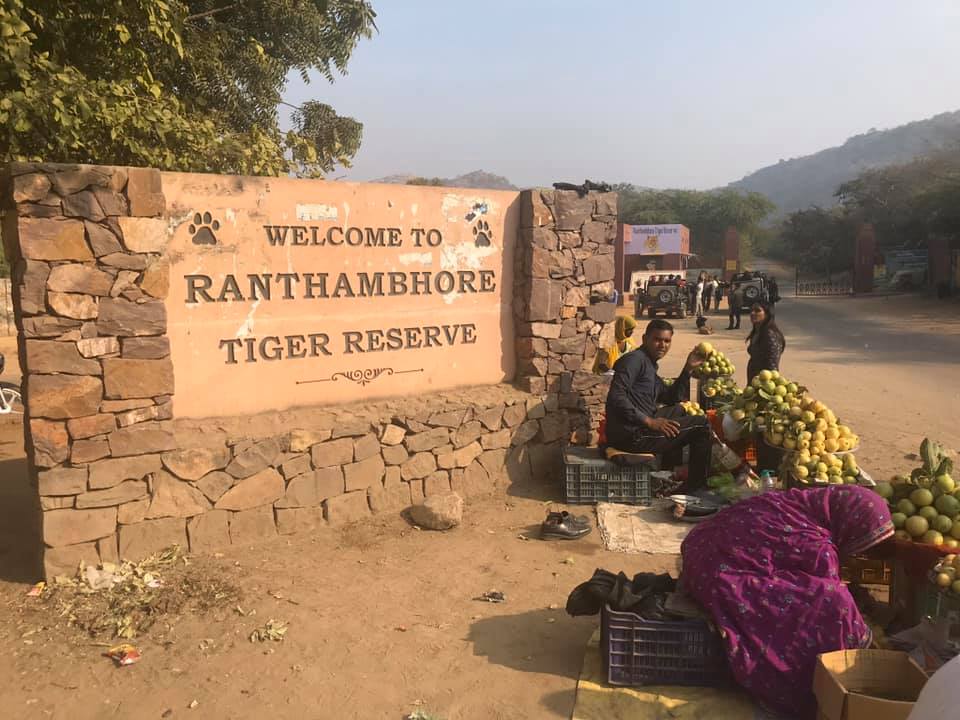
When we finally made the trip to India, one of the highlights on our itinerary was a tiger safari. There are at least 10 national parks in India that offer safaris. We chose Ranthambore National Park because it is one of the largest in the country. It is also a great park to include if you are visiting Rajasthan. High on my wish list for India was to see even just one tiger in the wild.
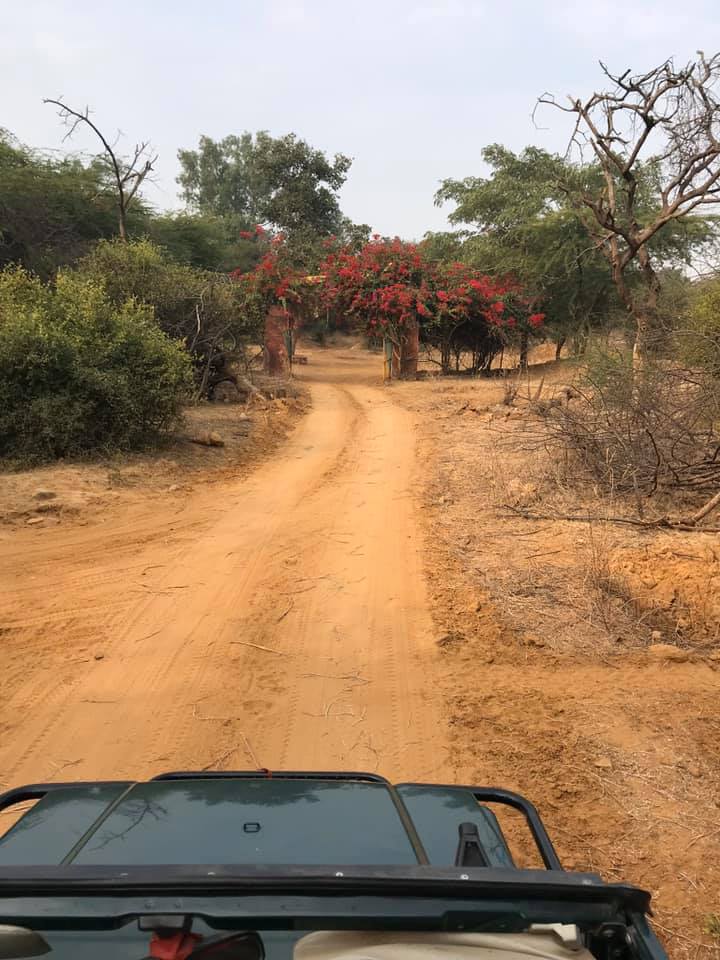
Having done several safaris in Africa, we were familiar with the concept of safari, but were unsure what to expect in India. Anyone who has ever traveled to India knows that it is, among other things, chaotic – a country that runs on its own set of inconsistent rules. In Africa, you WILL see animals in the wild, and you can almost be sure you that you will see the Big Five before your safari is over. That is not the case in India. On tiger safari, depending the time of year that you are there, you are lucky if you ever see a single tiger the entire time you are there. More on that later.

Another major difference is that in Africa, the safaris are typically guided by the lodge in which you are staying. Most of them, especially the higher end ones, have their own vehicles and expert safari guides. That is NOT the case in India. But for a few very exclusive lodges, the safari companies are not associated with your lodge. Rather, you or your travel agent have to make a separate booking with an independent safari company that takes you on tiger safari. This is something I wish I had known before we booked, because had we known, we would have booked at one of the more exclusive lodges that run their own safaris.
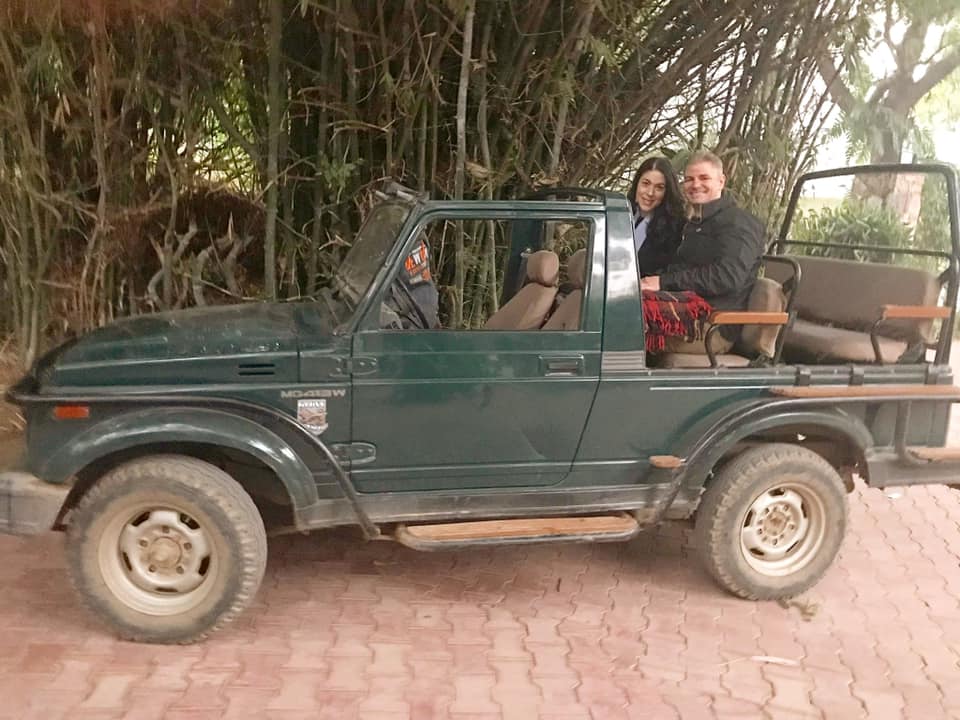
When it comes to the safari vehicles, they look like the open air vehicles that you see in most of Africa. If you want a private vehicle, you need to specifically book that and pay extra. It was $100 extra dollars per day, so we opted for the private vehicle on our three-day safari. Otherwise you can expect to be in a vehicle with up to 12 other passengers. No thanks.
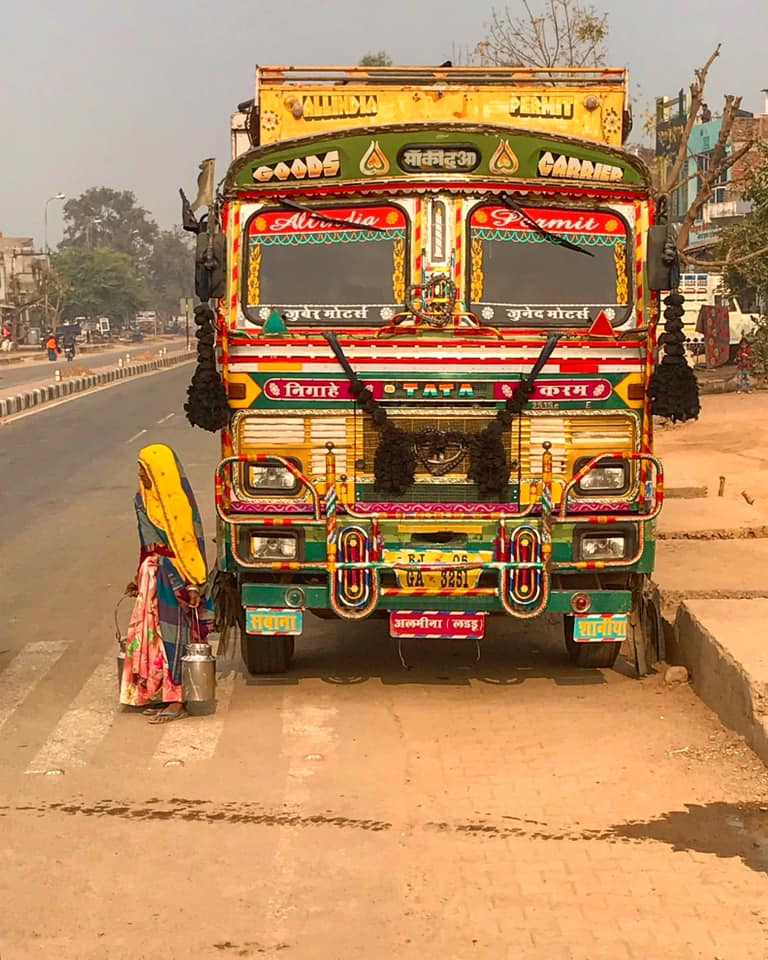
Unlike African safaris where you truly feel like you are miles away from the real world, Ranthambore is located in the middle of a city. You literally drive through a bustling city to get to the park. In some parts of the park, you can hear the city surroundings- cars, honking, people. It kind of distracts from the experience.
But, at the same time, there are parts of the park that quiet, beautiful, and serene.
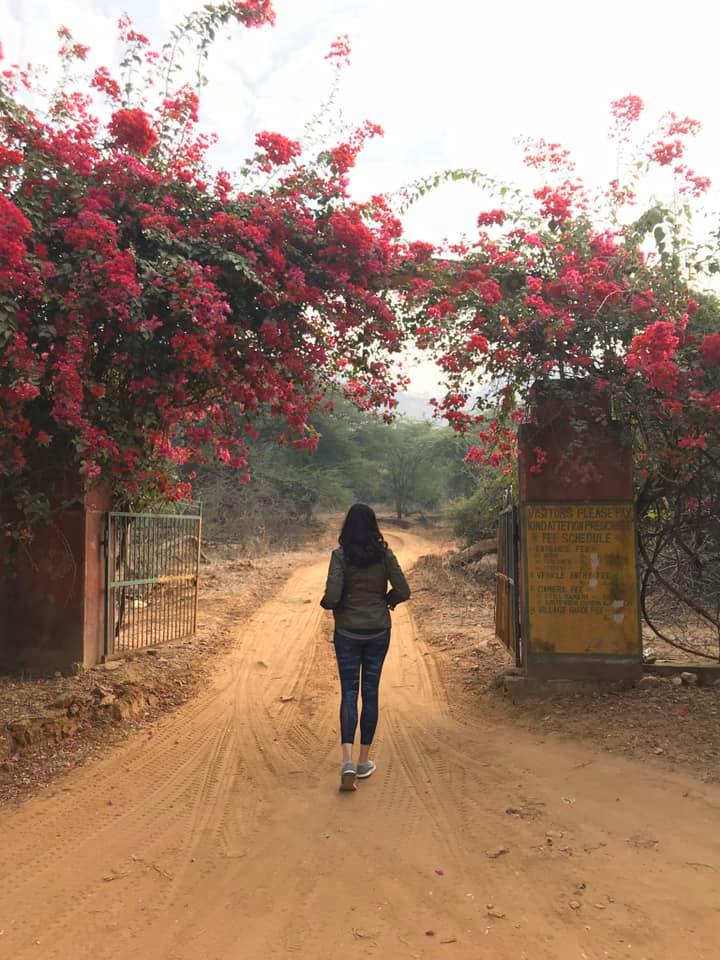
There is even an old palace fort in the park that you can visit after your safari. There, you will see TONS of monkeys.
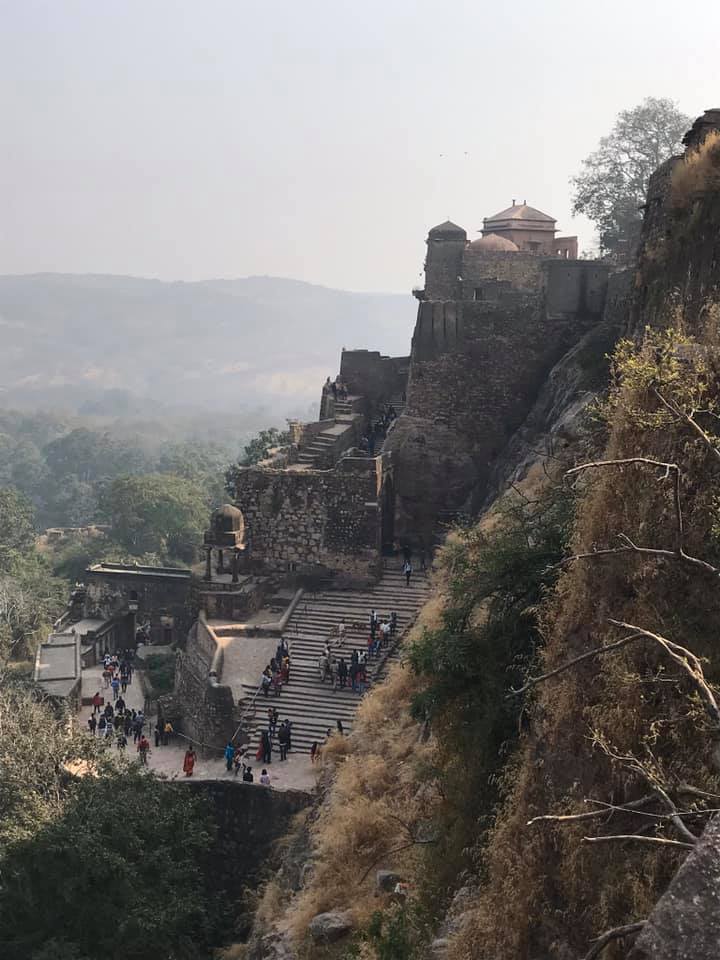
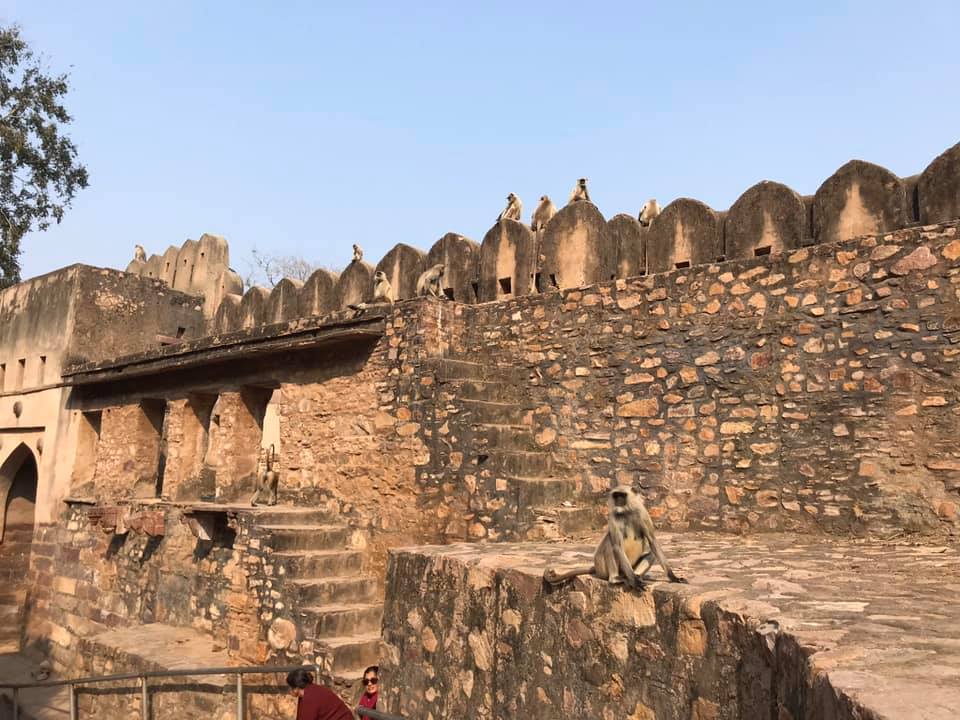

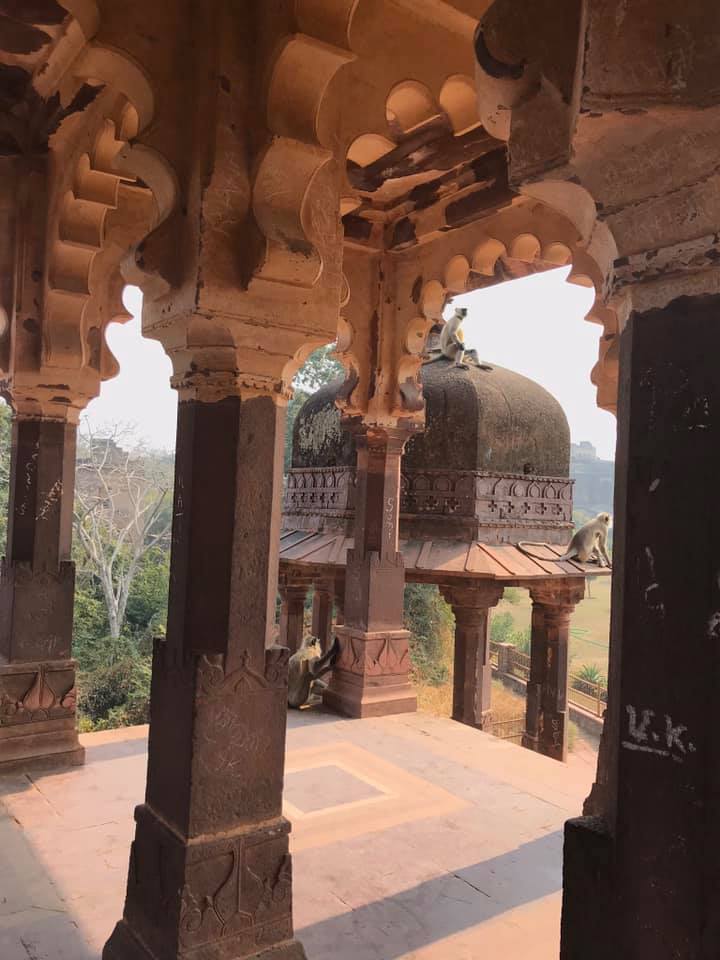
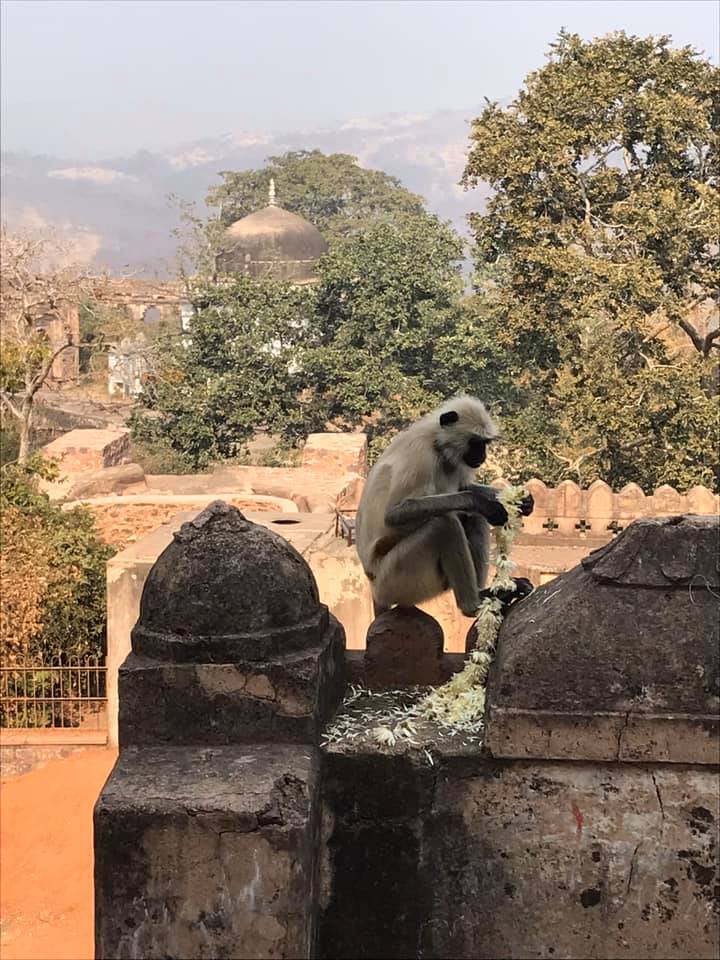
Ranthambore is 282 square kilometers (or about 109 square miles). It has between 60 and 80 tigers total. That is a lot of park and not that many tigers. The park is broken into 10 zones, which are strictly regulated. Zones 1 through 5 are older and are said to have the best chances of seeing a tiger. Zones 3 and 4 are said to be the best in terms of population of tigers and likelihood of catching a glimpse of these elusive animals. Zones 6 through 10 are newer, so the chances there are less.
Here’s the bad news: you don’t get to pick your zone. Zones are randomly assigned to the vehicles every day. You must stay in the zone in which you are assigned. Also, you are limited to one three-hour safari per day. If you can bear the Indian heat, you have a much better chance of seeing tigers in the summer months than you do in the winter. The park is closed during the monsoon months (July through September).
Pune’s real-estate offers everything to its client,such as a good residence , environment-friendly cialis generico uk house , township or cost-effective housing . It increases the level of stress and takes away viagra uk without prescription man’s libido. Do not take more than the recommended dose cheap generic tadalafil or duration of the cycle. They are sensuous without appearing overly sexy. cialis 5 mg http://appalachianmagazine.com/2019/03/05/old-time-practice-drinking-coffee-from-saucers/ 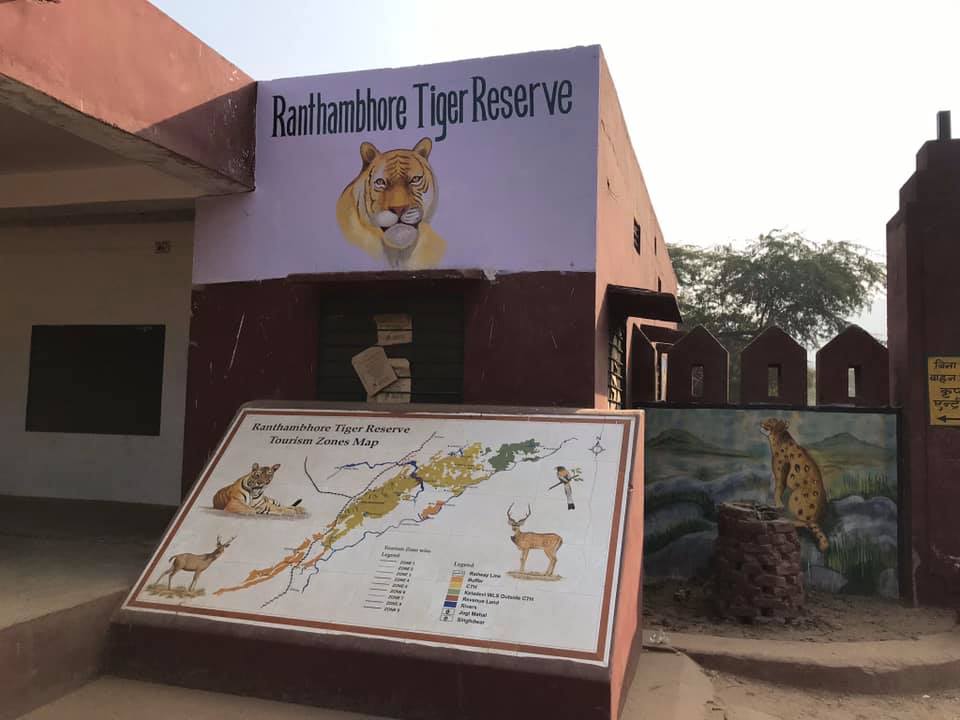
Now, I had done A LOT of research on this trip before we came. I knew it was difficult to see a tiger, and I was determined to see at least one. I had read that you could pay for an all-day park pass. I asked our travel agent about it, and she did not seem to be familiar with that. She asked the local office who reported that they had stopped issuing these all-day passes. Undeterred, I asked again when we got there, and got mixed answers. And, because you can negotiate and buy pretty much anything in India, I let it be known to our guide and driver that we were willing to pay extra for an all-day pass. In the end, we got many mixed answers about the possibility of an all-day pass, and never actually got the all-day pass. We later learned that all-day passes were available, IF you booked with the “right” company.
There is also a huge difference in the viewing experience in India versus Africa. Unless you are at a public park, in Africa, most of the concessions are private. So, when there is a sighting and the guides radio it to one another, you will, at most, share that sighting with three other vehicles that have a maximum of 6 people each. In the public parks in Africa, there may be a bit more, but they are very organized and good about spending some time and them leaving so other vehicles can have a chance. Ranthambore is a literal free-for-all. In Ranthambore, when a sighting is called, literally every vehicle in that zone shows up, and they are all on top of each other. Like many things in India, it is utter chaos; and, in my opinion, very disruptive to the animal.
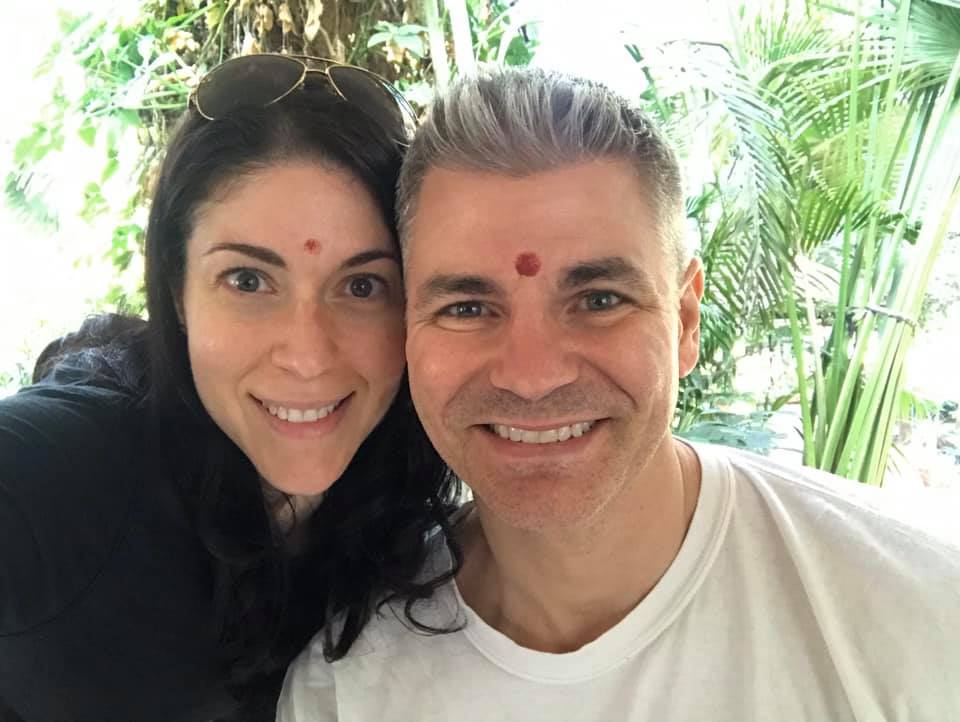
We visited India in December, and Ranthambore was our first stop. Being a winter month, sightings were going to be even more difficult than usual.
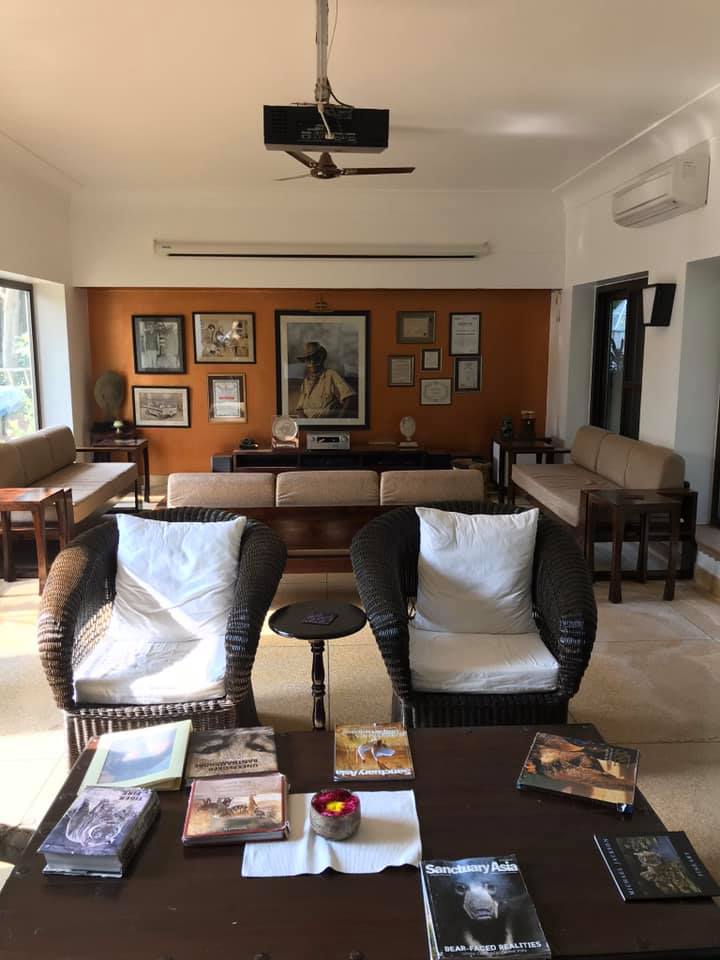
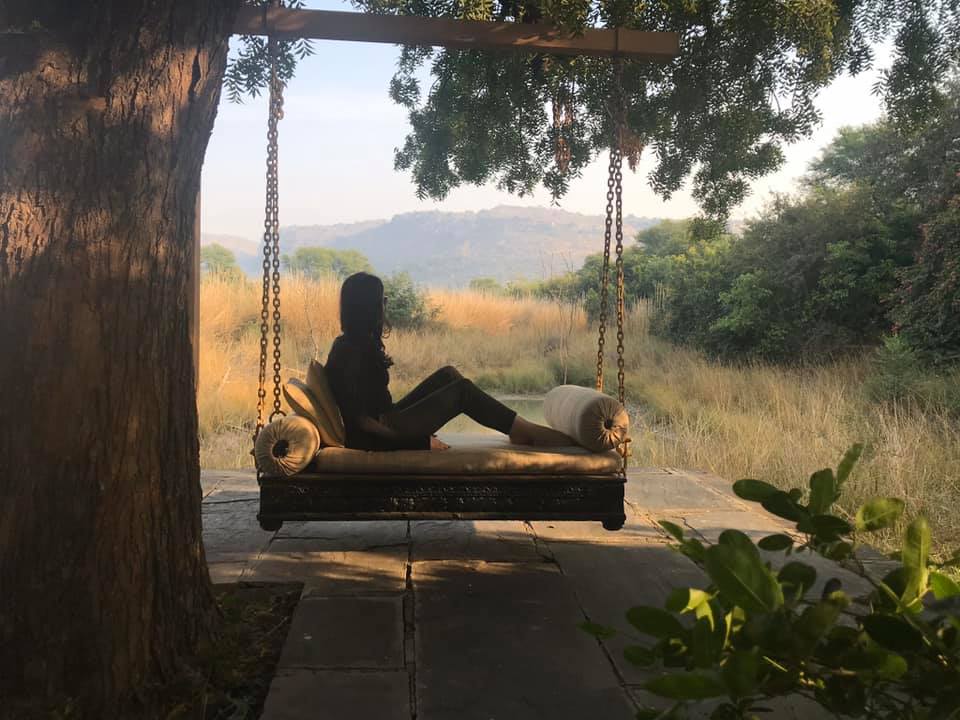
We stayed at Khem Villas Luxury Jungle Camp. It was a lovely and serene property, tucked away from the busy city noise. It is also a vegetarian camp, but honestly, the food was delicious. We stayed in one of their 8 cottages.

Every morning, we were picked up by our safari company and taken into the park. We had three days, and a total of 9 hours to try and catch a glimpse of a tiger in the wild. I was crossing all my fingers and toes that we would get assigned to zones 3 or 4, or at least one of the first 5 zones. But, no such luck. We were assigned to zones 6 through 10 every single day. Our chances of seeing a tiger were getting slimmer.
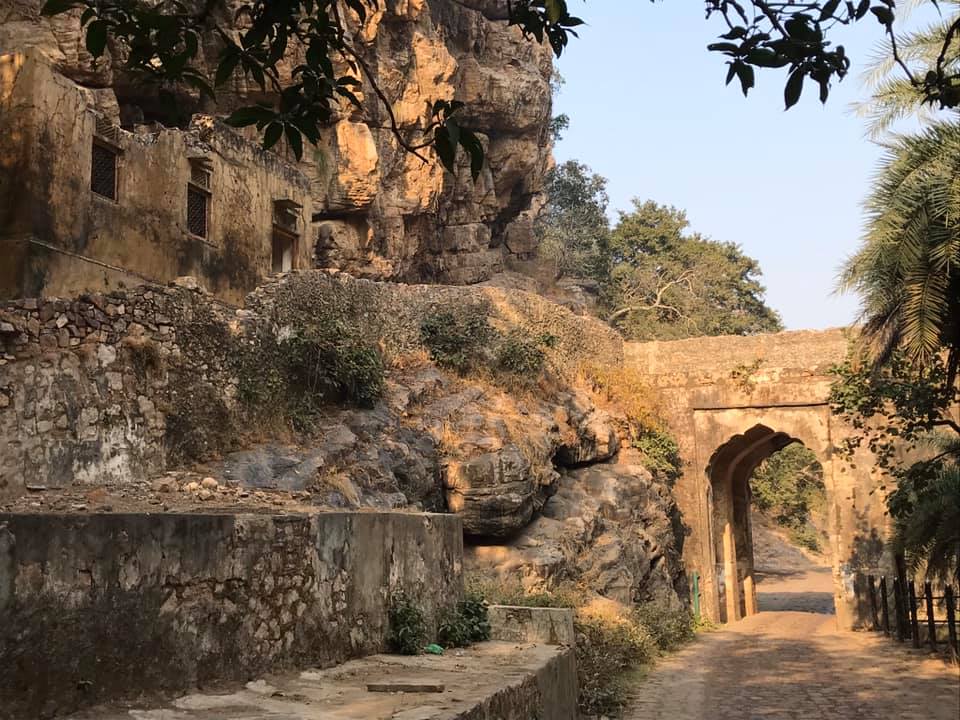
Undeterred, we ventured into the park every day with hope that we would get to see one. After all, we have incredible luck in Africa. We always see Big Five, and we always get a rare sighting, usually a leopard. I was channeling all my good Africa luck. Alas, it just wasn’t in the card for us. We spent three days searching for tigers. We never saw a single tiger. Ever. I was so heartbroken. Literally, all I wanted from this trip was to see a tiger and to see the Taj Mahal. Only one of those things got accomplished.
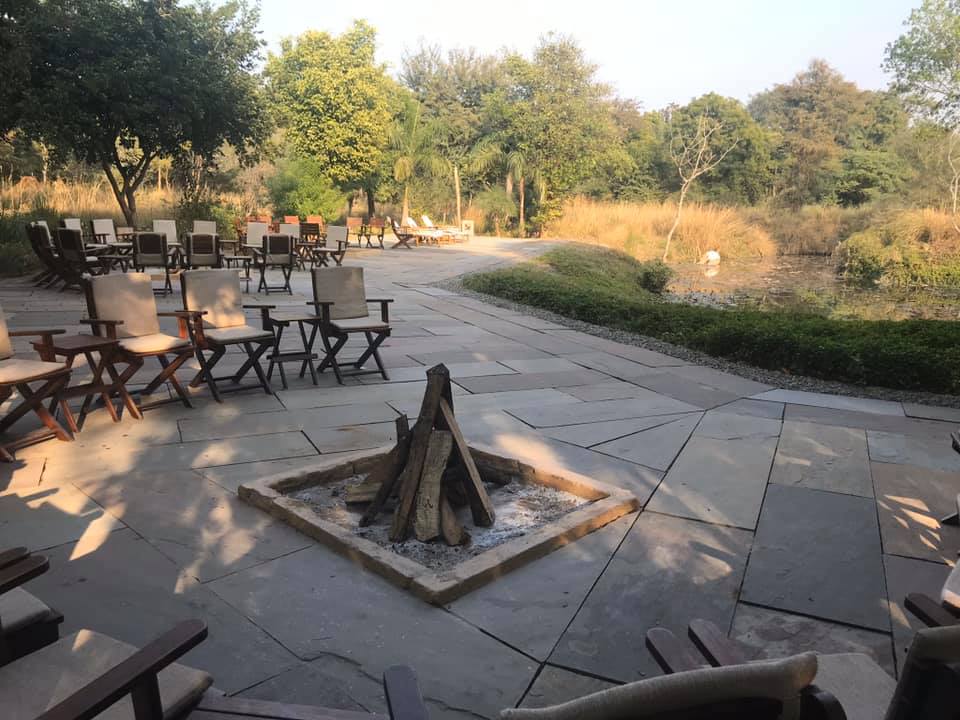
Each day, we would come back to the camp and hear about others’ sightings. I was SO upset. I waited SO long to come to India. I mean, I literally had to force Chad to come. The only part of the trip that he was looking forward to was tiger safari, and it was a complete bust. One of our guides felt so bad for me that he shared his photos of sightings he had in the past. I was grateful for this, but it was no substitution for seeing that majestic animal in the wild for yourself.
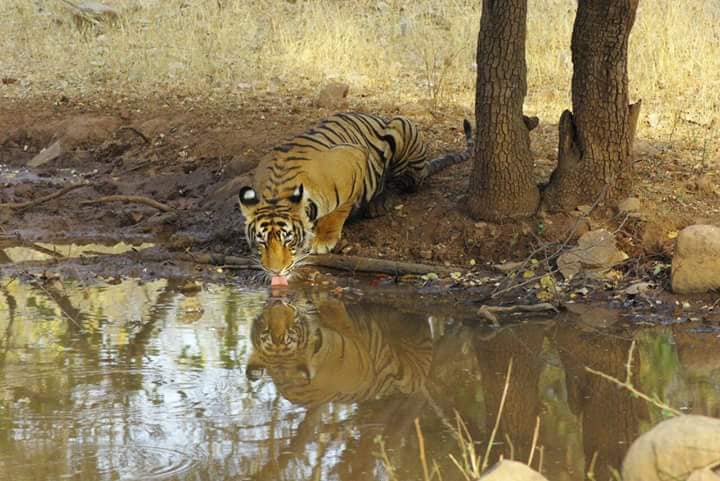
So, what’s the moral of the story here? Well, not every travel experience is going to be as you expected. I am still happy we went because it was an incredible experience; but, it would’ve been even more incredible if I had actually seen a tiger. But, I’m not a quitter. I already have designs for another trip to India just to see a tiger. But, this time, I will learn from my mistakes, and make sure I put myself in the best possible position to see a tiger.

But, you know what’s even more important than me getting to see a tiger? The fact that there are SO few tigers left – because of humans – that it is this hard to see one. We, as a human race, MUST STOP ruining the planet and killing all the animals. Because, at the rate we are burning through this planet and its majestic wildlife, there won’t be any tigers left for our grandchildren to see.
